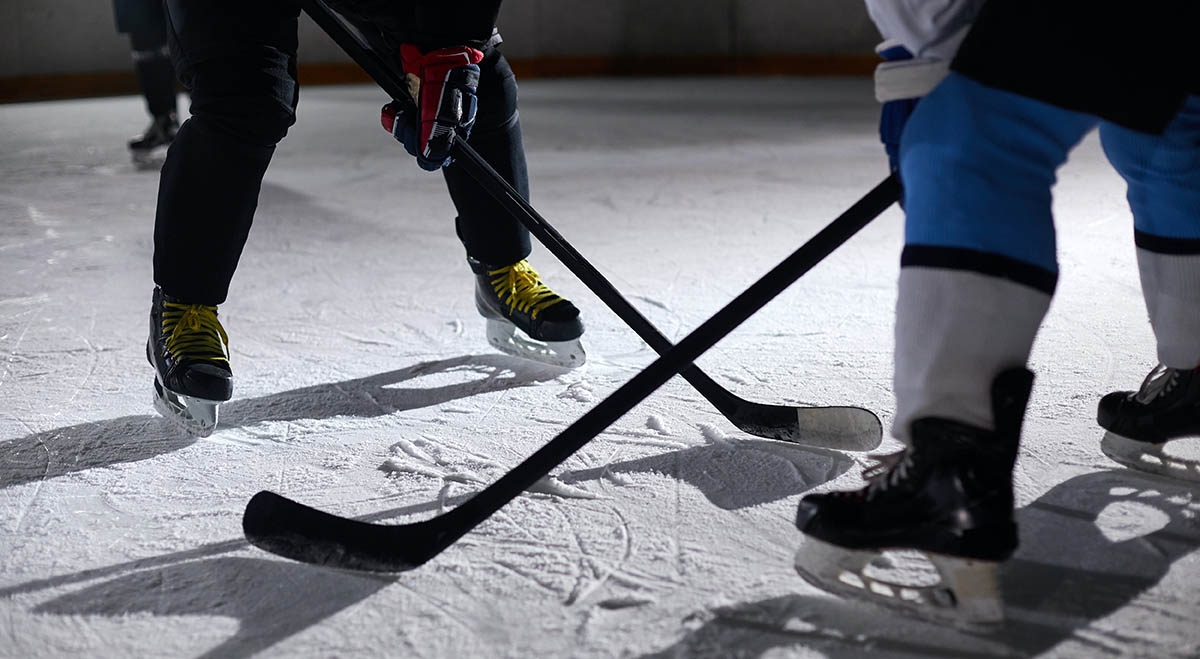
If you have Stanley Cup dreams, you need pure skill and practice
It used to be that the NHL was full of giants who were great at hockey but also clutching, grabbing, and of course, fighting. Today’s players are more likely to score three times than get a Gordie Howe hat-trick.
The “dead puck” era is over, and top-shelf skills rule the day. Such elite talent is more fun to watch, but you’ll need to work on your skills throughout the year if you’re trying to make the NHL.
Let’s take a look at some of the tools to keep your game sharp.
Dangle in a Phone Booth
Keeping the puck stuck to your tape may look effortless, but it takes a lot of time to build up such skill. Anyone can keep control of the puck when their stick is moving forward, but toe dragging or deking is another story.
Companies like HockeyShot Canada make “Danglers,” which you can weave pucks between. They are heavy enough to remain in place and have enough durability to stand up to years of wear and tear from pucks and sticks.
Whether you’re in the defensive zone trying to elude forecheckers or you’re trying to put the puck in the net, you need to keep the puck on a string with your head up at all times. Practice all year long until it’s second nature.
Snipe Like a Pro
There isn’t one skill called “shooting.” Shooters need to possess and perform multiple skills at the same time.
For example, a one-timer requires coordination and soft hands to receive the puck. Players need to keep their head up when taking a wrister, or look at a teammate to deceive the goalie by making them think they’re about to pass, not shoot.
A shot needs to be hard, accurate, and require the shortest release time possible. Some players can change the angle from which their shot was released at the last second, another form of deception that confuses goalies and doesn’t give them time to set up.
That’s why it’s crucial to make your practice conditions at home as close to an actual game as possible. Shooting a puck on pavement doesn’t help because the glide isn’t there, not to mention the rough material will chew up your stick blade faster.
Weave pucks through The Edge Dangler with your head up to simulate the traffic in front of the net or a scramble, then shoot for a top corner or a foot off the ice. Alternate how you practice, to be ready for anything you encounter on the ice, but use a shooting pad when shooting pucks in the off-season at home.
Toughness will always have a place in hockey. It’s a physical game, and every player in a competitive league has to body-check or absorb contact eventually. But to make it to the top, you need to have top-end skills. Practice twelve months a year with equipment that will stand up to wear and tear and let you practice at home how you would on ice.
Photo: Tony Schnagl from Pexels









